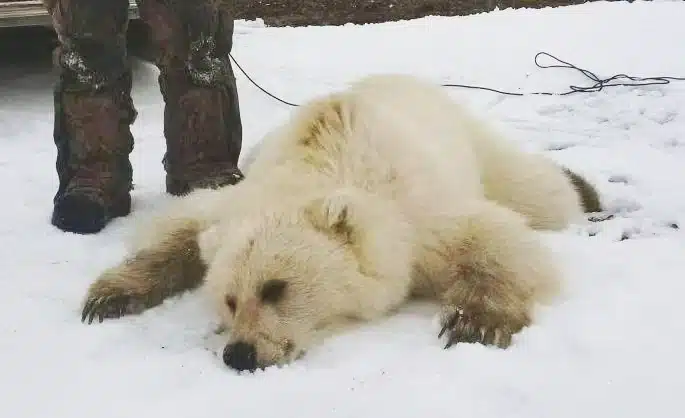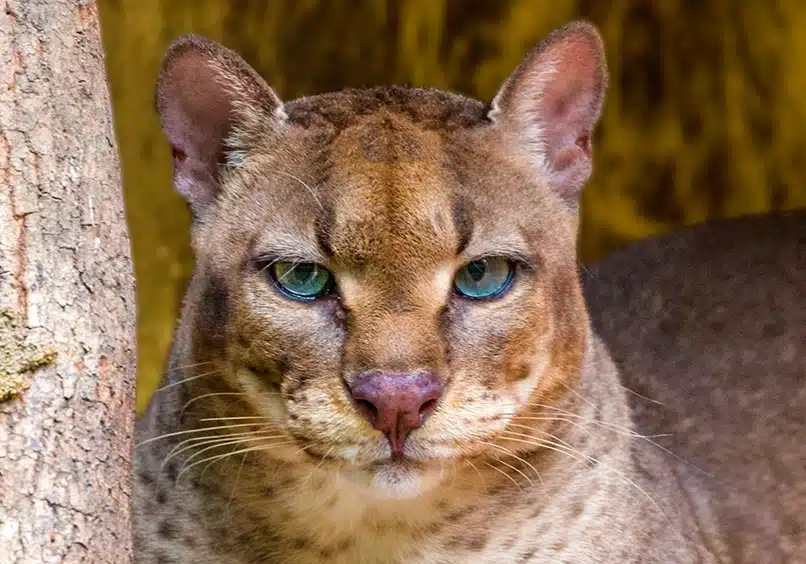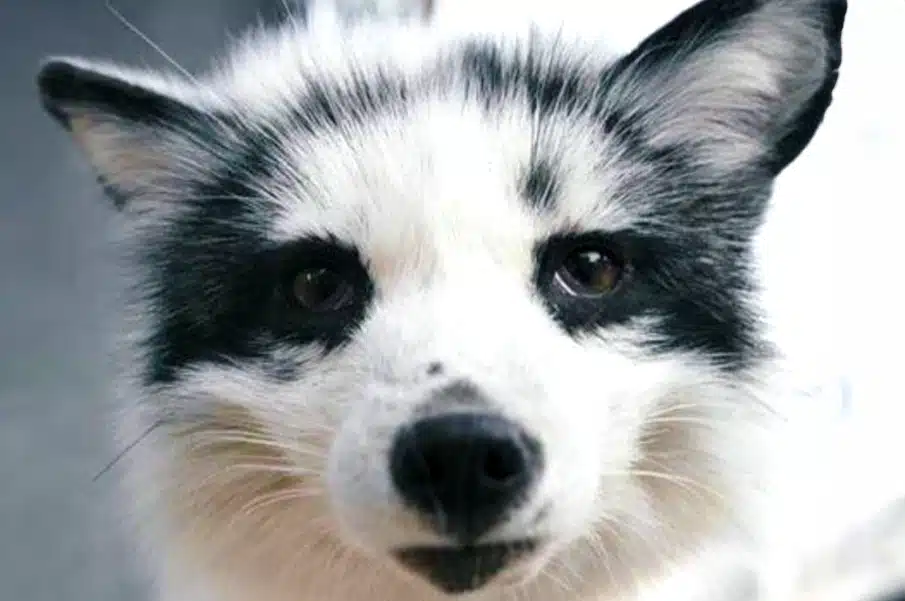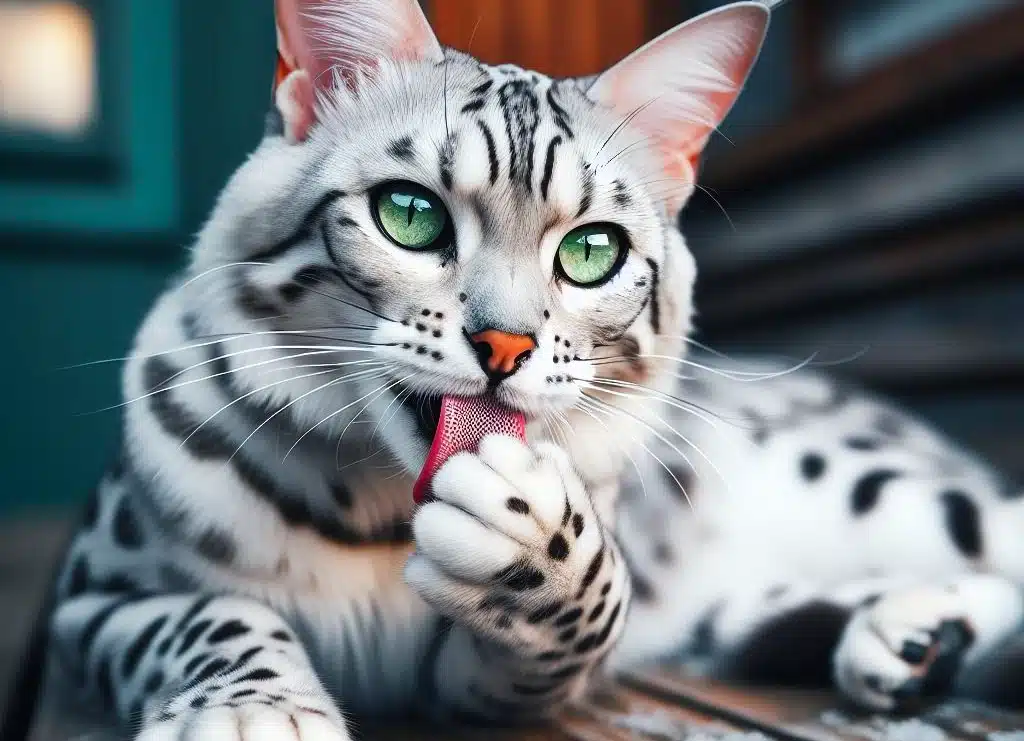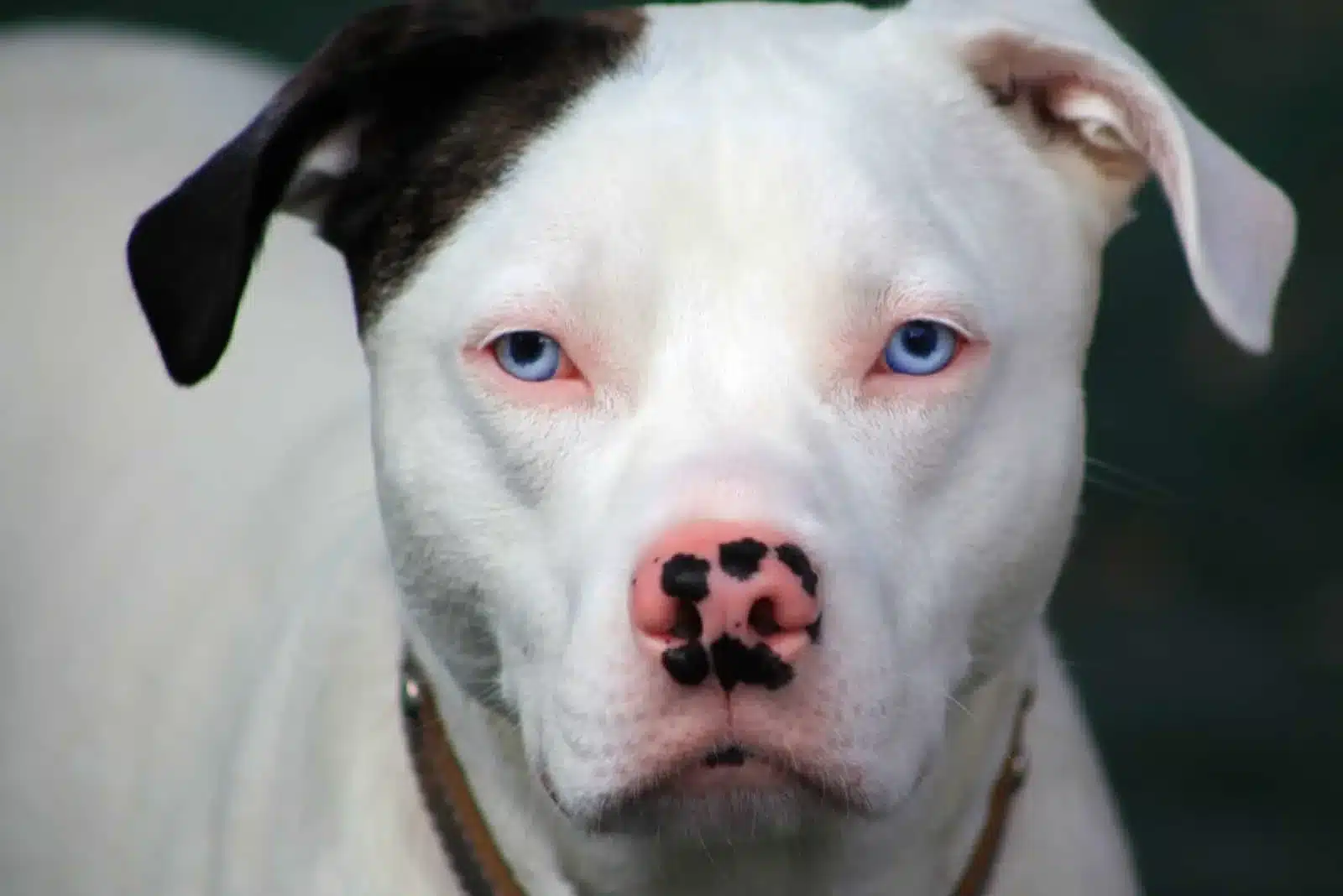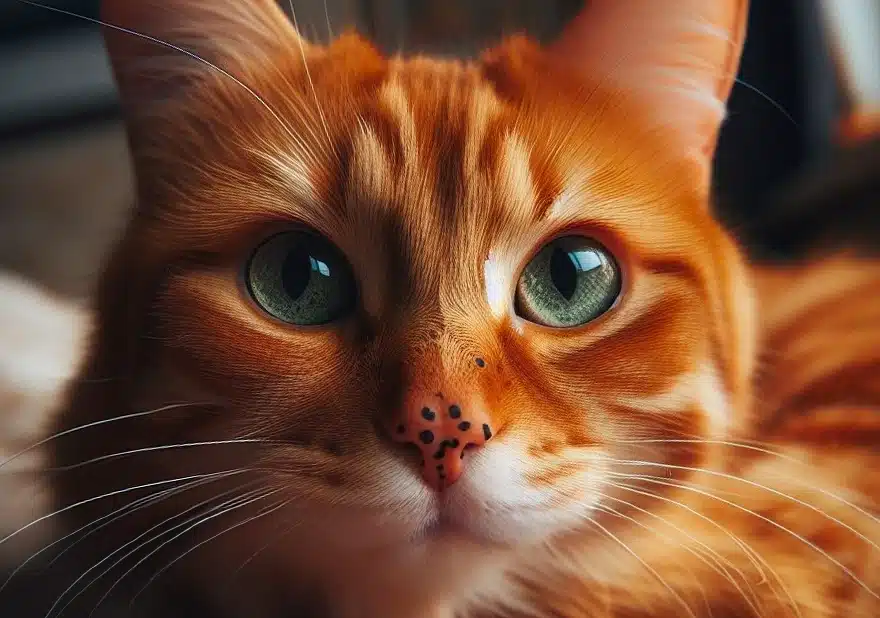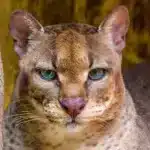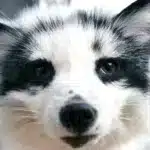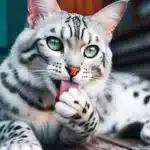Grolar Bear Or Pizzly: All About The Grizzly-Polar Bear Hybrid
Ads Disclosure ?
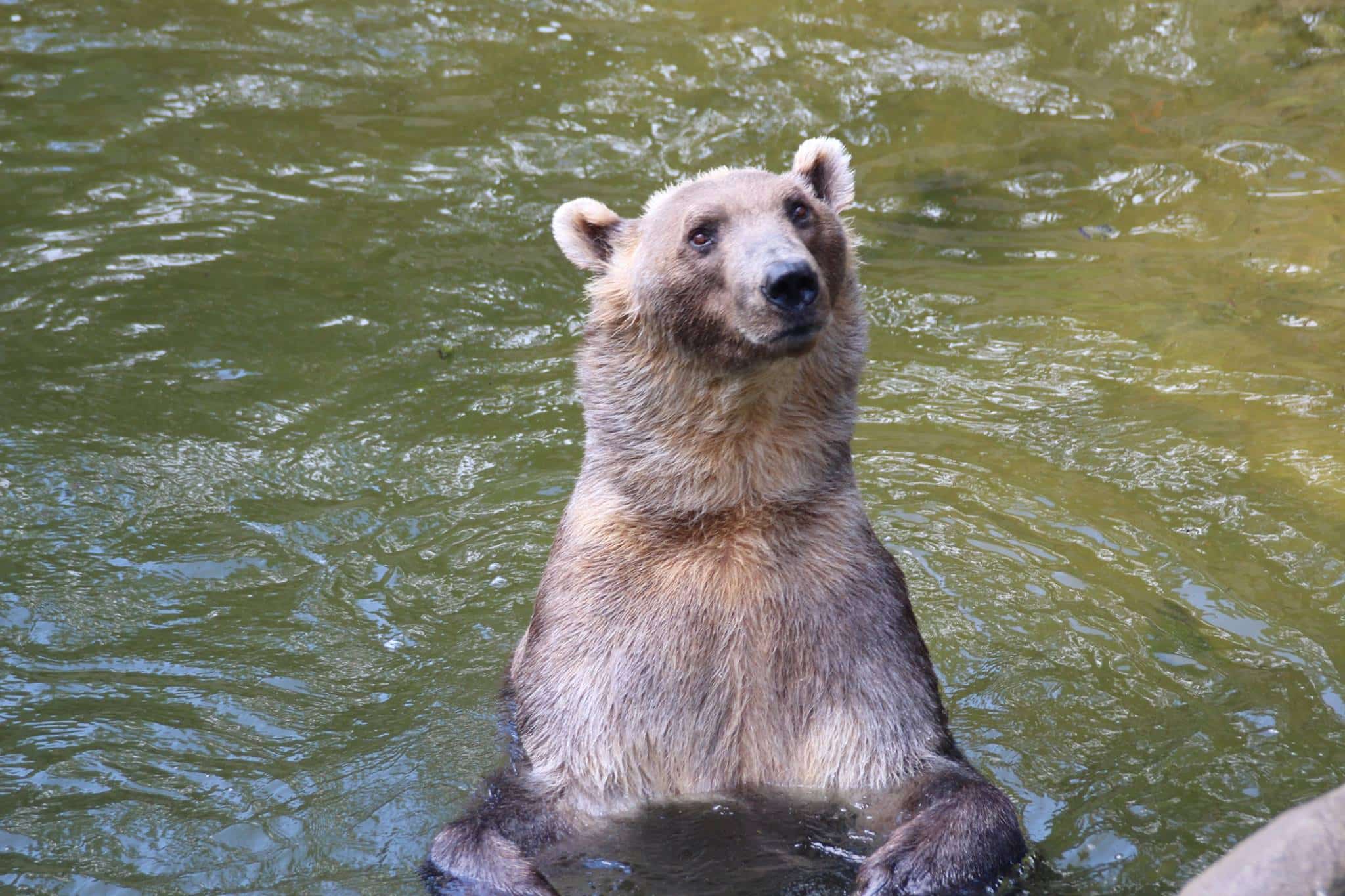
In the northern reaches where the stark white expanse of the Arctic meets the rugged wilderness, an unusual hybrid species has emerged: the grolar bear. This rare offspring results from the interbreeding of grizzly bears and polar bears, a phenomenon that has occurred both in the wild and in captivity. Known by various names, including pizzly bear and nanulak, grolar bears embody a blend of their parents’ characteristics, from their physical attributes to their behavioral patterns.
While stories of polar bears and grizzlies with an unusual appearance have been around for much longer, the grolar is a relatively recent discovery. The first DNA-confirmed grolar bears were born in captivity in 2004. In the wild, they were first discovered in 2006. The existence of grolar bears is a testament to the fluidity of animal species and the complexities of their environments. As climate change reshapes habitats, the territories of polar and grizzly bears overlap more frequently, leading to opportunities for interbreeding.
Given the implications for conservation and the study of wildlife adaptation, the grolar bear has piqued the interest of both the scientific community and the public. While grolar bears are not a symbol of global warming, their presence in the wild is a clear indication of the shifting dynamics within their ecosystems. The emerging patterns of grolar bear sightings present a compelling chapter in the ongoing narrative of evolutionary biology and climate science.
Jump To Section
Genetic Composition of Grolar Bears
Grolar bears, otherwise known as pizzly bears or nanulak, are a notable example of hybridization between two distinct bear species: the grizzly bear (Ursus arctos) and the polar bear (Ursus maritimus). These hybrids are sometimes also called zebra bears due to their unique physical characteristics that blend features from both parent species.
- DNA and Chromosomes: A typical grolar bear inherits a set of chromosomes from each parent, carrying the genetic material that determines its traits. DNA tests have confirmed the genetic makeup of these hybrids, providing evidence for their dual heritage.
- Genome Analysis: Ongoing analysis of their genome has revealed that grolar bears share a significant number of genes with both parental species. This genetic similarity allows for the successful cross-breeding of polar and grizzly bears.
Initial observations indicated that this hybridization often involves a polar bear mother and a grizzly bear father.
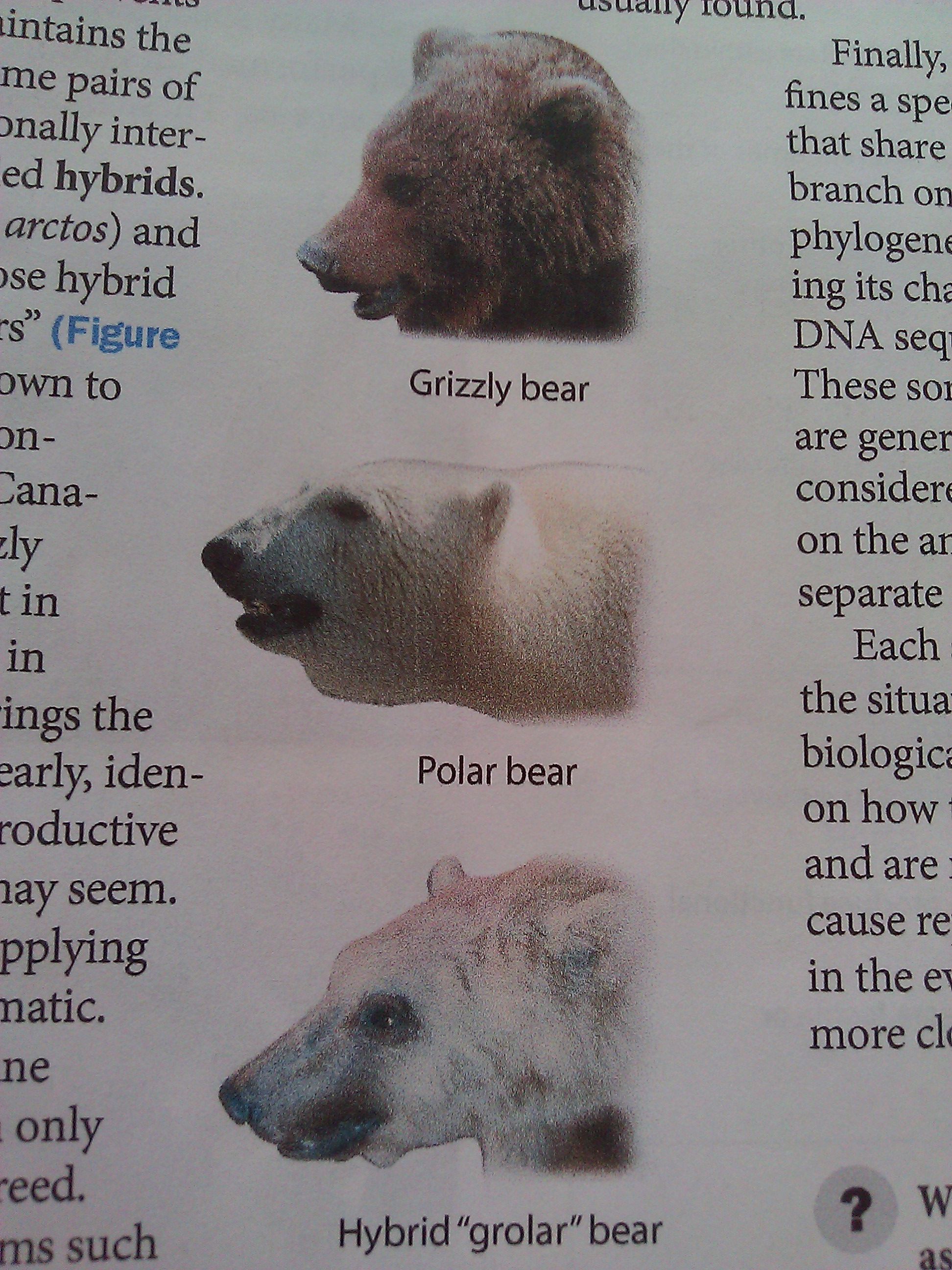
Physical Characteristics
Grolar bears, a distinct blend of their grizzly and polar bear parents, showcase unique physical features from both lineages. Dominantly, their fur has a creamy, white base—a direct inheritance from their polar bear ancestry—with distinctive brown patches often found around the eyes and on the paws, indicative of their grizzly bear heritage.
Their size tends to fall between their parent species, with these hybrids typically larger than grizzly bears but smaller than polar bears. When standing on their hind feet, grolar bears can reach heights similar to those of their grizzly relatives. They exhibit a humped back, another trait characteristic of a grizzly bear, while their long claws provide them with tools for digging and potentially hunting, much like both parent species.
The pelt of a grolar bear may seem to have a slightly grizzled hair, combining the thicker white fur of polar bears suited for insulation against the cold, with the dark, earthy tones from the grizzly bear. This fur combination may help grolar bears adapt to diverse environments, where a polar bear’s pure white fur might stand out or a grizzly bear’s dark coat might not offer enough camouflage.
| Feature | Description |
|---|---|
| Fur | Creamy white with brown patches |
| Size | Larger than grizzlies, smaller than polar bears |
| Hind Leg Height | Approximately 6.5 feet |
| Body Structure | Humped back similar to grizzly bears |
| Claws | Long claws for digging and hunting |
Habitats and Distribution
The Grolar Bear, a result of rare interbreeding between grizzly and polar bears, is an emerging species whose distribution is largely shaped by the effects of climate change on their parent species’ habitats. Their unique habitat overlaps are indicative of broader environmental shifts in the Arctic and adjacent regions.
Adaptation to Climate Change
Climate change has been altering the natural habitats of many species, particularly those in the Arctic Circle. Polar bears are seeing their sea ice habitats diminish, pushing them southward, while grizzly bears are migrating north as warming temperatures unlock new regions for habitation. These overlapping ranges, most notably in parts of the Canadian Arctic—such as Banks Island and Victoria Island—and the Northwest Territories, as well as Alaska, have created an environment conducive for the two species to intersect.
The hybridization of these bears may be a nature-imposed response to the rapid environmental changes dictating their survival, representing an ongoing evolution of bear species in the Arctic. The Grolar Bear’s ability to roam both the diminishing ice landscapes and the encroaching mainland suggests a flexible adaptation to global warming.
Region-Specific Populations
Grolar Bears have been identified in the wild primarily within the overlapping habitats of their progenitor species. Notably, sightings and confirmed reports have come from North America, encompassing regions of Alaska and Canada. Jim Martell, a hunter from Idaho, holds the distinction of being the first to legally harvest a Grolar Bear in 2006 — a testament to the animal’s official recognition.
Scientific organizations, such as Wildlife Genetics International, have been studying these hybrid bears to further understand their genetic makeup and biodiversity implications. As neither a new species nor an official subspecies, the Grolar Bear nevertheless contributes significantly to the discourse on wildlife genetics and the potential future of wildlife in a changing world.
Grolar Bears in Zoos
In captivity, grolar bears allow researchers to study hybrid vigor and the potential impacts of climate change on species boundaries. Some of these hybrids have been born at Zoo Osnabrück in Germany in 2004, offering valuable insight into the physical and behavioral traits of these hybrids.
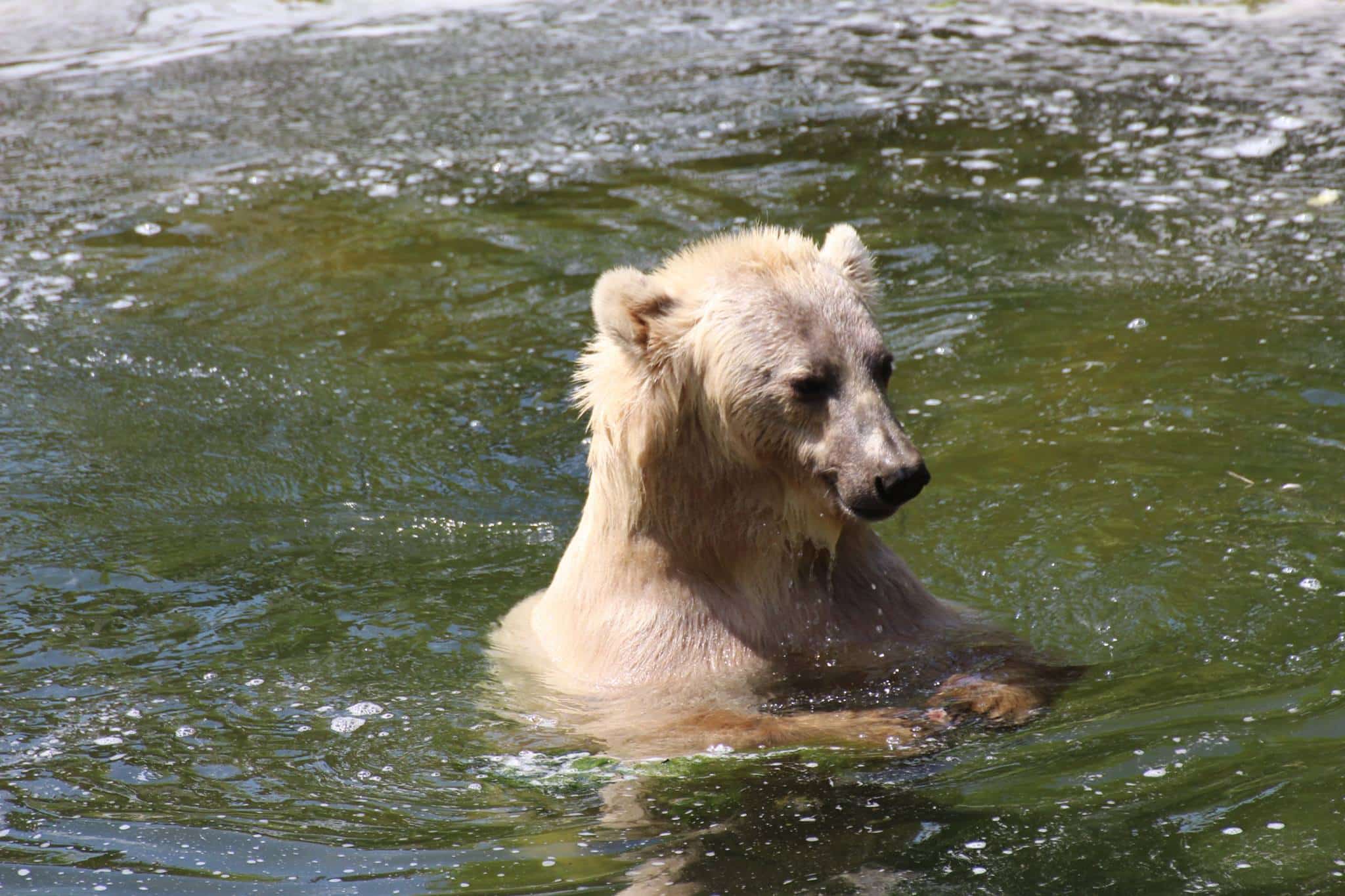
You can really see the differences between each of the grolar bears at Zoo Osnabrück.
The one thing they definitely do have in common is their ability to draw a crowd!

It is noteworthy that hybridization in zoos is carefully monitored, and the breeding of grolar bears is not a common practice due to the ethical considerations involved. The wellbeing of the animals is paramount, and they are provided with environments that simulate their natural habitats to the greatest extent possible.
As these hybrids are rare, they are not found in many facilities, and breeding programs are subject to strict regulations to ensure the health and genetic diversity of bear populations in zoos.
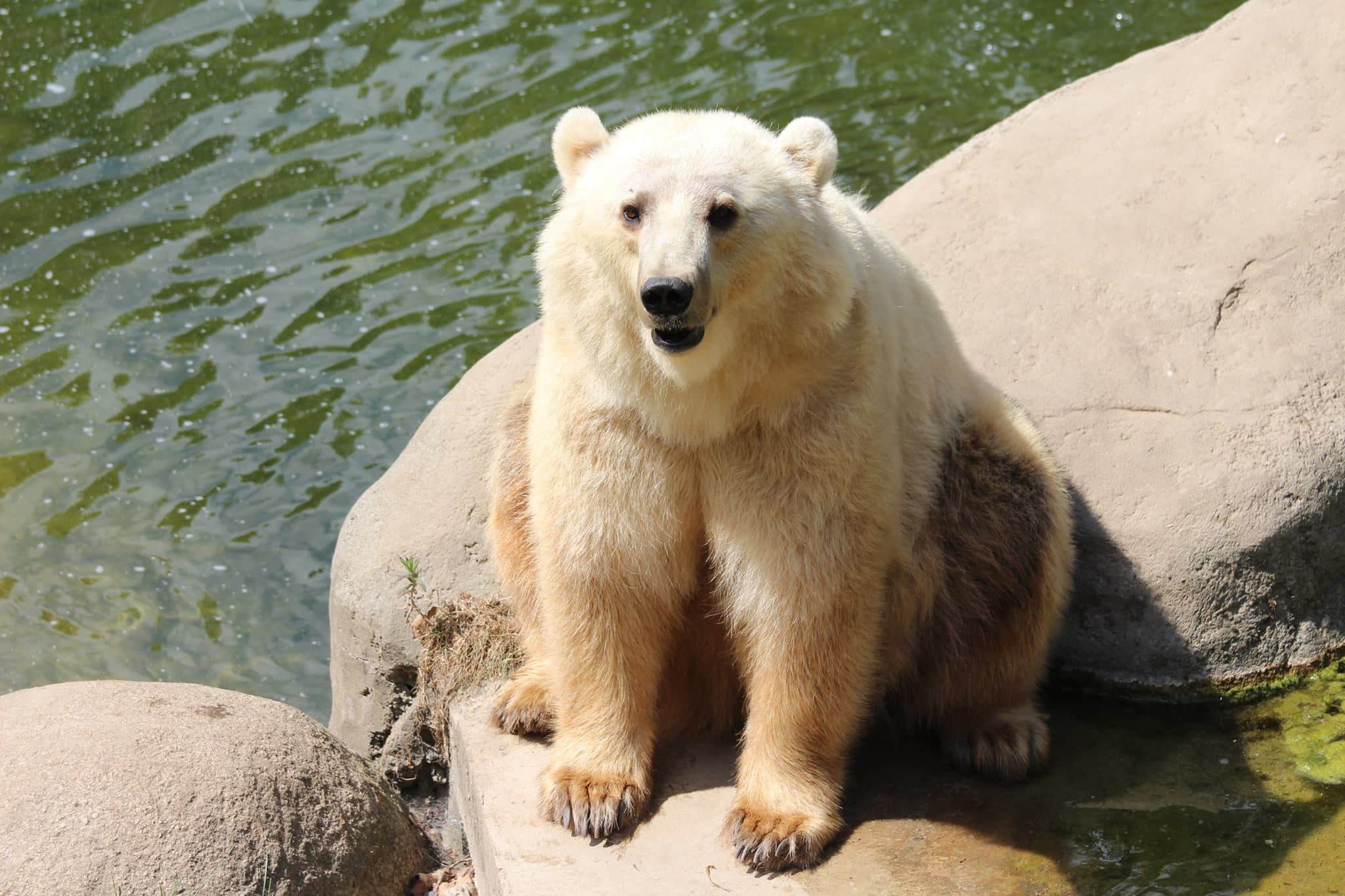
Cultural and Scientific Impact
The emergence of grolar bears, a hybrid of grizzly and polar bears, has struck a chord in both public imagination and scientific discourse. These interspecies occurrences are laden with implications that challenge our understanding of wildlife adaptability in the wake of climate change.
From a cultural perspective, the very existence of grolar bears has been sensational, often being featured in news articles and sparking curiosity in the general public. Zoos may eventually showcase these hybrids, using them as powerful visual aids to educate on the tangible effects of interbreeding and extinction pressures.
Scientifically, the grolar bear phenomenon is a rich subject for evolutionary biologists. These animals represent real-time examples of natural hybridization, a topic crucial to understanding evolution. Their study may reveal insights into how species adapt genetically to rapidly changing environments.
| Aspect | Impact |
|---|---|
| Ecological Adaptation | Demonstrates the potential for genetic exchange leading to increased adaptability in changing climates. |
| Conservation Implications | Provides evidence of changing habitats and pressures leading to new species interactions, guiding future strategies. |
| Evolutionary Research | Fuels debate among evolutionary biologists about the role of hybridization in species evolution. |
| Public Engagement | Highlights the interconnectedness of ecosystems and the visible impact of human-influenced climate change. |
In summary, grolar bears have elicited significant attention from many angles, becoming symbols of climate-induced ecological shifts. Their rise prompts reflection on the resilience and ingenuity of wildlife in the face of adversity, even as they underscore the urgency of addressing the underlying causes of such dramatic environmental changes.
Frequently Asked Questions
Grolar bear vs pizzly bear – what’s the difference?
There is no difference between a grolar bear and a pizzly bear; these terms are both used to describe the hybrid offspring of a grizzly bear and a polar bear.
Can grolar bears reproduce?
Yes, grolar bears are fertile and can reproduce, resulting in subsequent generations of this hybrid bear.
How much does an average grolar bear weigh?
A grolar bear’s weight is generally expected to fall between that of its parent species, the grizzly and the polar bear.
What is the typical height of a grolar bear?
A grolar bear’s height at the shoulder can range up to about 4 feet when on all fours, resembling the height of its parent species.
What distinguishes grolar bears from their parent species?
Grolar bears display mixed physical traits such as white-tipped fur resembling that of a polar bear, and a hump on the back, which is characteristic of a grizzly bear.
What are the characteristics of grolar bear cubs?
Grolar bear cubs inherit features from both parents, including grizzly bear-like fur coloration and polar bear-like paw pads adapted for icy terrain.
What is the population count of grolar bears in the wild?
The exact population count of grolar bears in the wild is unknown, but they remain a very rare occurrence, with sightings predominantly in regions where the habitats of polar and grizzly bears overlap.


